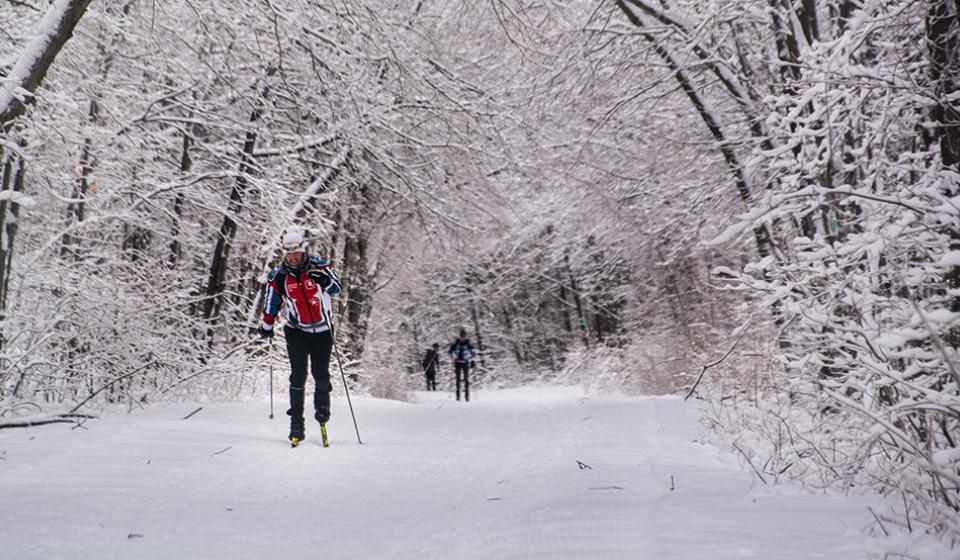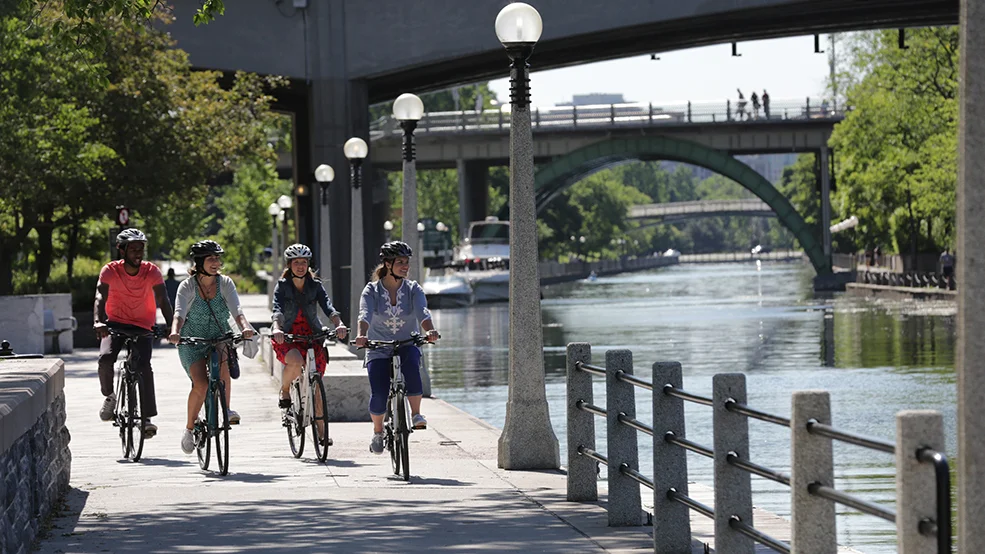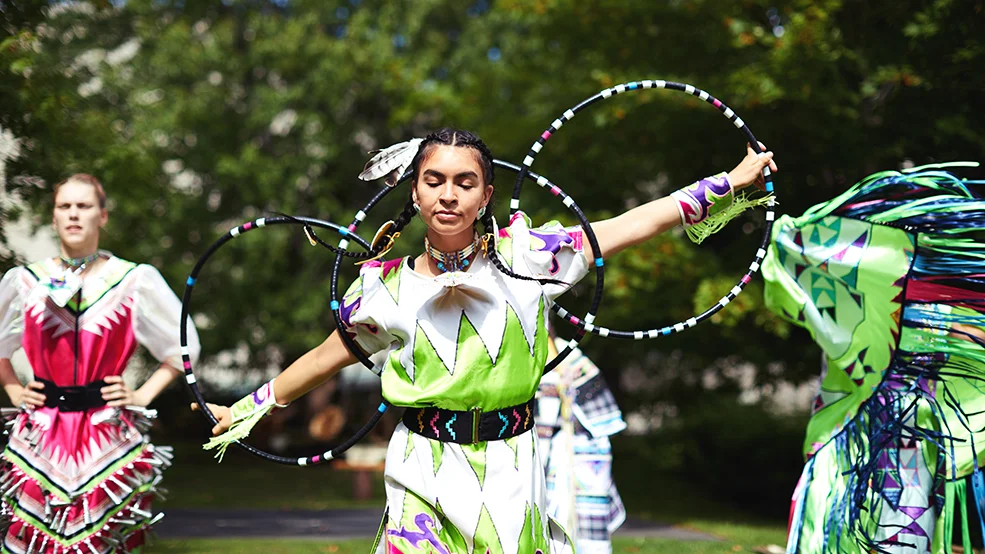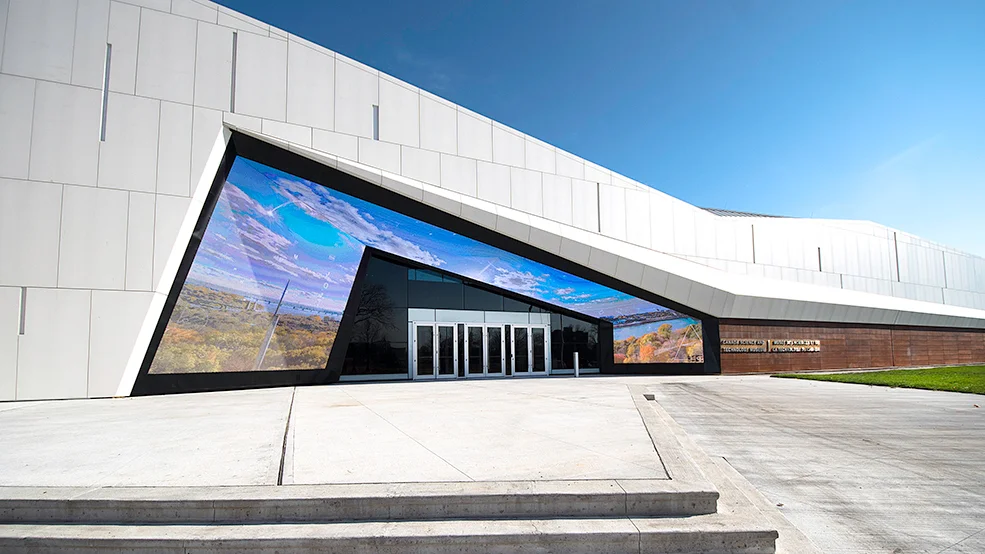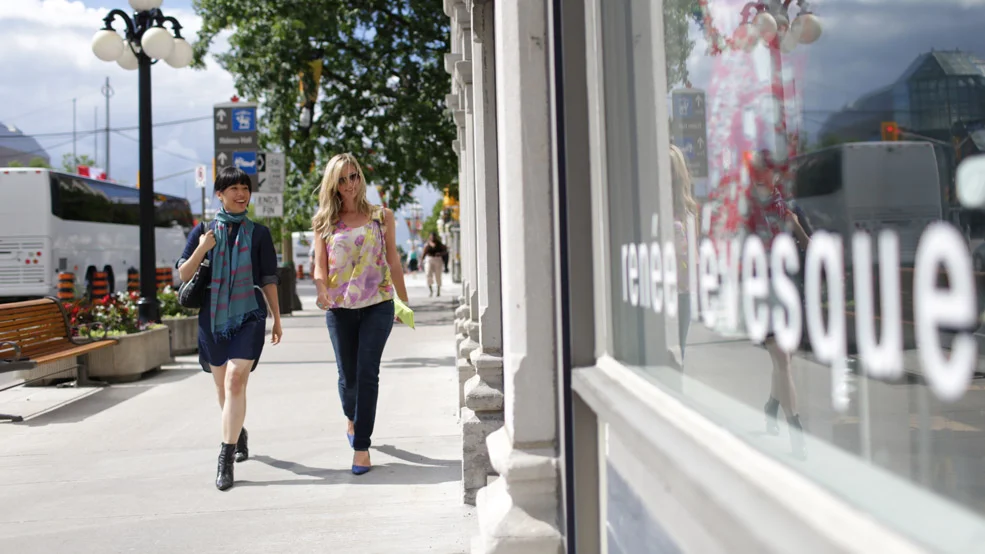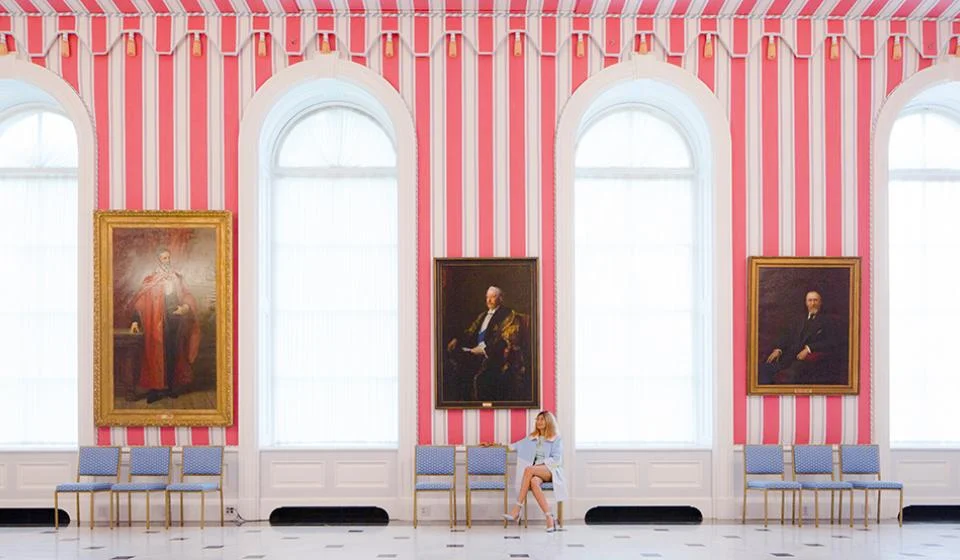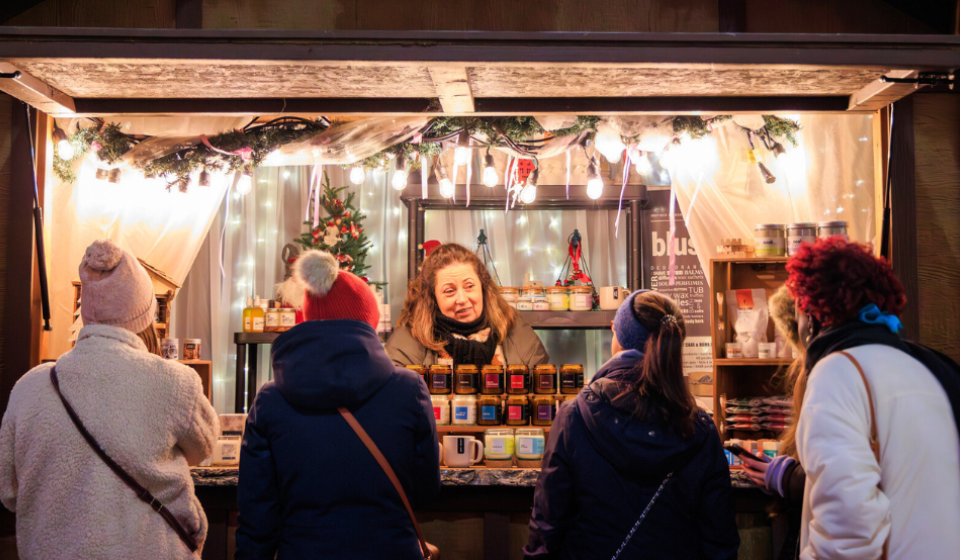Capital City Bites is launching in Ottawa during Winterlude 2026! Taste Ottawa, in partnership with Ottawa Tourism and 50+ local restaurants, is celebrating Ottawa's unique food scene with a free pass that unlocks discounted and special offers, menus and events for visitors and locals.
Ottawa Tourism's official blog is the perfect resource to stay updated on what’s new, what’s happening and what’s coming up in Canada’s capital.
Find articles
What’s happening in the Ottawa area
Check out some of the fun events and activities taking place in the Ottawa region this week, including the weekend!
Find articles
Winterlude Packing Guide
Visiting Canada’s capital during the annual Winterlude festival is like stepping into a winter wonderland!
Family Day Weekend: an Ottawa Itinerary
Keep kids entertained in Ottawa Family Day weekend! Find many free outdoor activities, sports, dining options, museums, and animal attractions.
Find articles
Adventure awaits in Ottawa this winter
Love a good winter adventure? You’ll love Ottawa. Make the most of the season with these top outdoor experiences in Canada’s capital region.
Valentine’s Day ideas in the Ottawa region
Looking for great ideas on how to celebrate Valentine’s Day this year? See how you can spoil your spouse, friends, or yourself in Canada’s capital.
Find articles
Wonderful winter adventures in Ottawa
Looking for fun things to do outside this winter by yourself, with friends or with loved-ones? Stay active by skating, skiing, snowshoeing, hiking and more.
Don’t miss these unique museum-like experiences in Ottawa
It’s no secret: Ottawa is home to some of the best museums in the world. But what other museum-like experiences exist in Canada’s capital? And what wonders do they hold?
Find articles
What to do in Ottawa on New Year’s Eve (2025)
It’s that time of year again. Here’s what to do in Ottawa on New Year’s Eve — from family-friendly outings to sporting events, parties, comedy shows and fireworks!
Ottawa outdoor-themed itinerary ideas for packaged travel
Take to the skies, waters and nature trails in search of adventure on this itinerary perfect for your thrill-seeking group and FIT clients.
Find articles
Indigenous experiences itinerary for packaged travel in Ottawa
Discover the memorable authentic indigenous experiences that await you in Canada's Capital.
Ottawa family-themed itinerary ideas for packaged travel
Discover some of the best interactive attractions, outdoor activities, fun tours and other kid-friendly options in Canada’s capital.
Find articles
Urban itinerary for groups and FIT in Ottawa
This 2-day Relaxed itinerary is all about chilling out in Ottawa’s friendly, relaxed urban atmosphere – and sneak away to the countryside and casino!
Best ice skating experiences in Ottawa
Explore the national capital region's skating experiences, skate rental options, amenities and more.
Find articles
Free or nearly free winter activities in Ottawa
Free or nearly free winter activities in the Ottawa area for solo adventurers, couples or the whole family.
Find articles
The best Ottawa Christmas markets to visit in 2025
Ottawa offers a variety of markets where you can shop for unique gifts, enjoy seasonal treats, and soak in the magic of the holidays. Discover the top picks for 2025.


